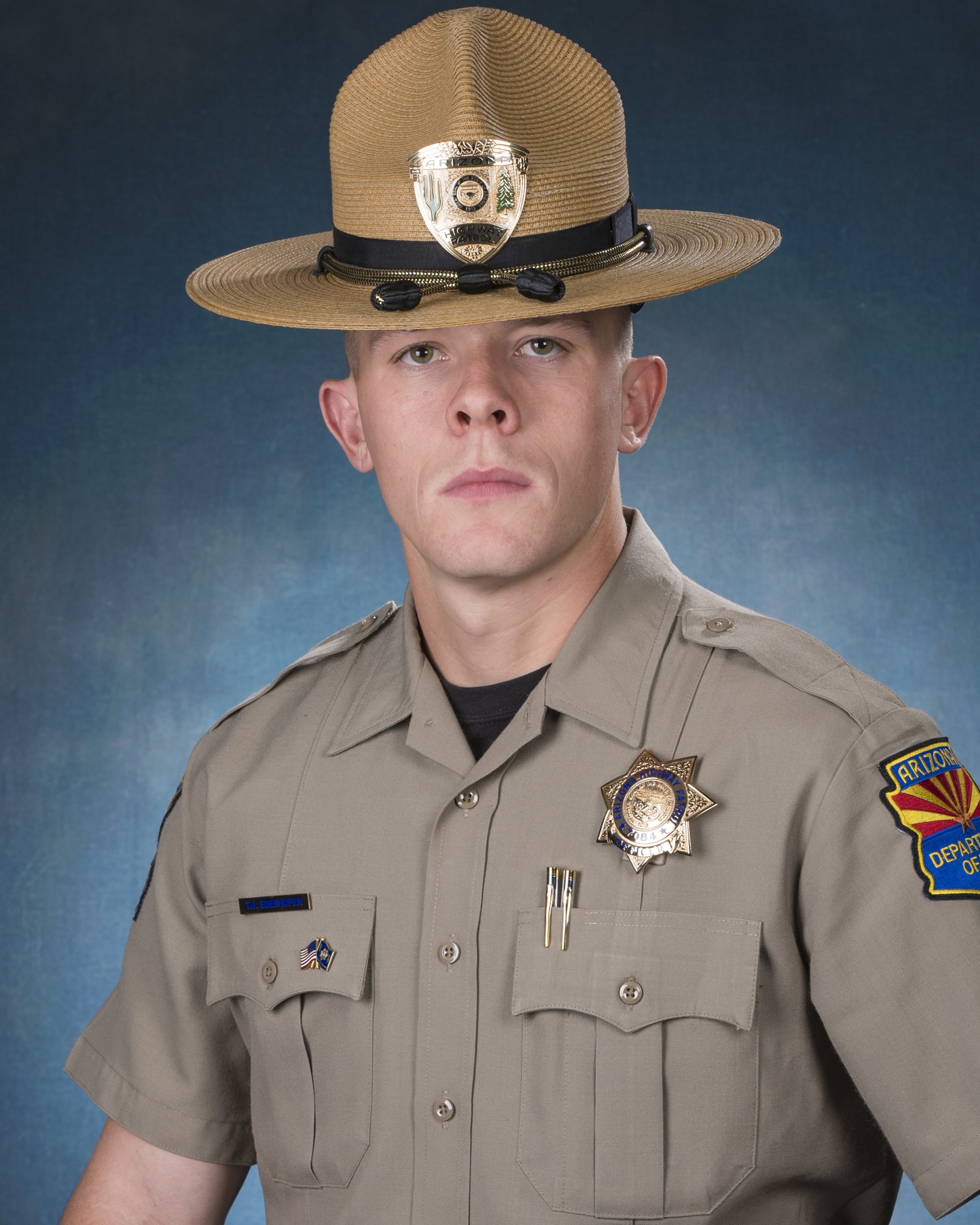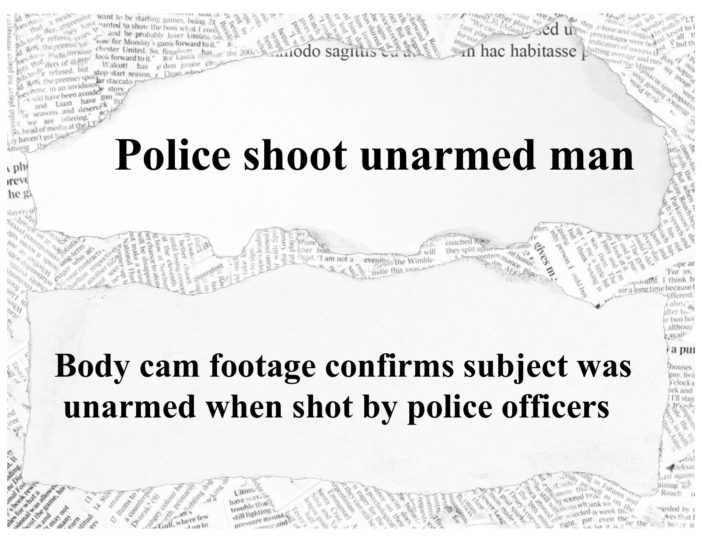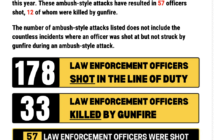Police officers respond to a call of a disturbed individual engaging in bizarre behavior. Officers arrive and observe a man ranting and raving unintelligibly while holding a club. Immediately they withdraw their handguns, point them at the subject and order him to drop the club.
He sees them, drops the club and immediately charges towards them. Within seconds he is within arm’s reach of the officers. The officers fire several rounds and the individual goes down. His wounds are fatal.
The newspaper headlines read “police shoot unarmed man.” The term “unarmed” paints a picture of a defenseless individual shot down for no reason. That emotional first impression sticks with us and stirs a reaction.
“When police shoot an ‘unarmed’ individual, the implication or outright accusation by media and activists is often that the deadly force was unjustified because the subject, without a weapon, was ‘defenseless’ and thus could not have posed a threat,” wrote Chuck Remsberg in the article, “Unarmed but Still Dangerous: The Facts Behind Some OIS Headlines.”
Dr. Jon Shane and Zoe Swenson reviewed two years of officer-involved shootings and found in 90 percent of the cases involved, officers were attempting to stop a threat to themselves or to other people by shooting the unarmed individuals.
Without a thorough and complete retelling of the facts the public focuses on the word “unarmed” and the emotional reaction is telling. The things you feel with your heart are slow to change even when your brain tells you otherwise.
The emotional response is to find fault with the armed police officers who should have used some other means to control the person. In the fractions of a second it takes to respond to a threat there isn’t time to go down the checklist of politically correct responses.
Do I use a baton? Pepper gas? Taser? Go hand to hand and risk being disarmed? These are the things the public expects the police officer to consider in just seconds.
The idea that “unarmed” individuals are not dangerous belies the numerous times officers have been injured, disarmed, and even killed by so-called “unarmed” attackers. This is referred to as “unarmed mythology.”

On July 21, 2018, Officer Adam Jobbers-Miller was shot with his own service weapon by an unarmed suspect wanted for cell phone theft. He succumbed to his injuries on July 28, 2018. Photo from the Officer Down Memorial Page
The hard part is getting people to listen. There is no doubt the imagery captured by the body worn cameras and in car camera footage is shocking. The shooting of individuals by police is always shocking. We have been programmed to believe there must have been another way. We are culturally programmed to root for the underdog, in this case, the underdog being the “unarmed” person who just got shot by the police.
We also judge from our own personal experience. Let’s face it, most people have never been in a fight, wrestled with a person who is trying to do them harm, fired a handgun, played a contact physical sport, or even served in the military.
People’s assessment of a police officer’s decision making is usually a direct result of their initial emotional reaction and Hollywood movies. Why can’t we just shoot them in the leg or use some cool martial arts moves like they do in the movies?

On July 25, 2018, Trooper Tyler Edenhofer was shot and killed while investigating a subject throwing objects on the highway. While six officers were trying to take the subject into custody the subject was able to take control of another trooper’s service weapon, killing Edenhofer and wounding another trooper.
So, what can police agencies do? The reality is, it’s an uphill battle. Once people believe something at an emotional level it is hard to change their mind even when context and facts are provided.
What police agencies can do is be as transparent as possible by providing as much contextual information as possible. Agencies can also educate and inform communities of the realities of police work before tragic incidents occur. Use of force seminars can go a long way toward helping people understand. If you put someone in the scenario described in the beginning of this column, what will they do?
Yes, there will always be those who choose to follow their heart and not their head. Despite any explanation, people will often not listen. There is no answer for those that seek to find their own version of the truth.
Joe is a retired police captain. You can reach him at jvargas@behindthebadgeoc.com.
 Behind the Badge
Behind the Badge



